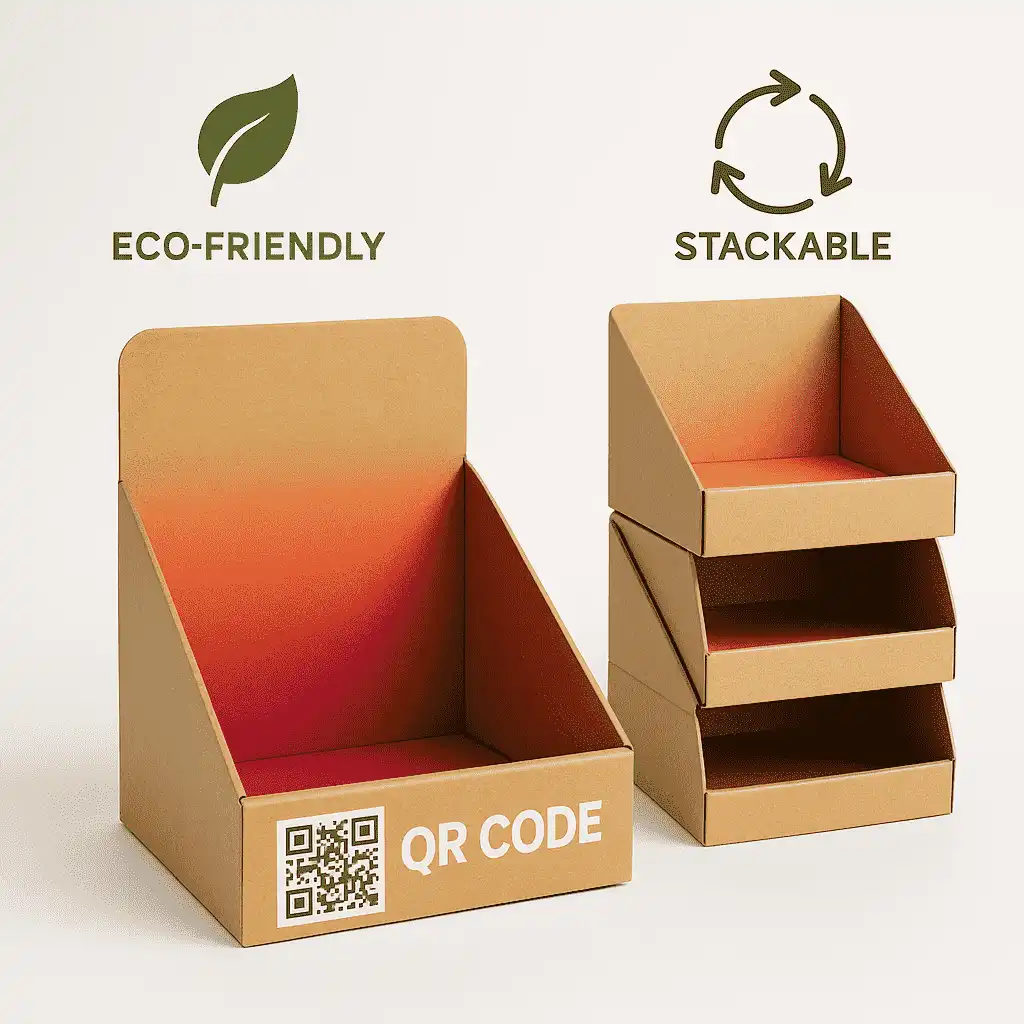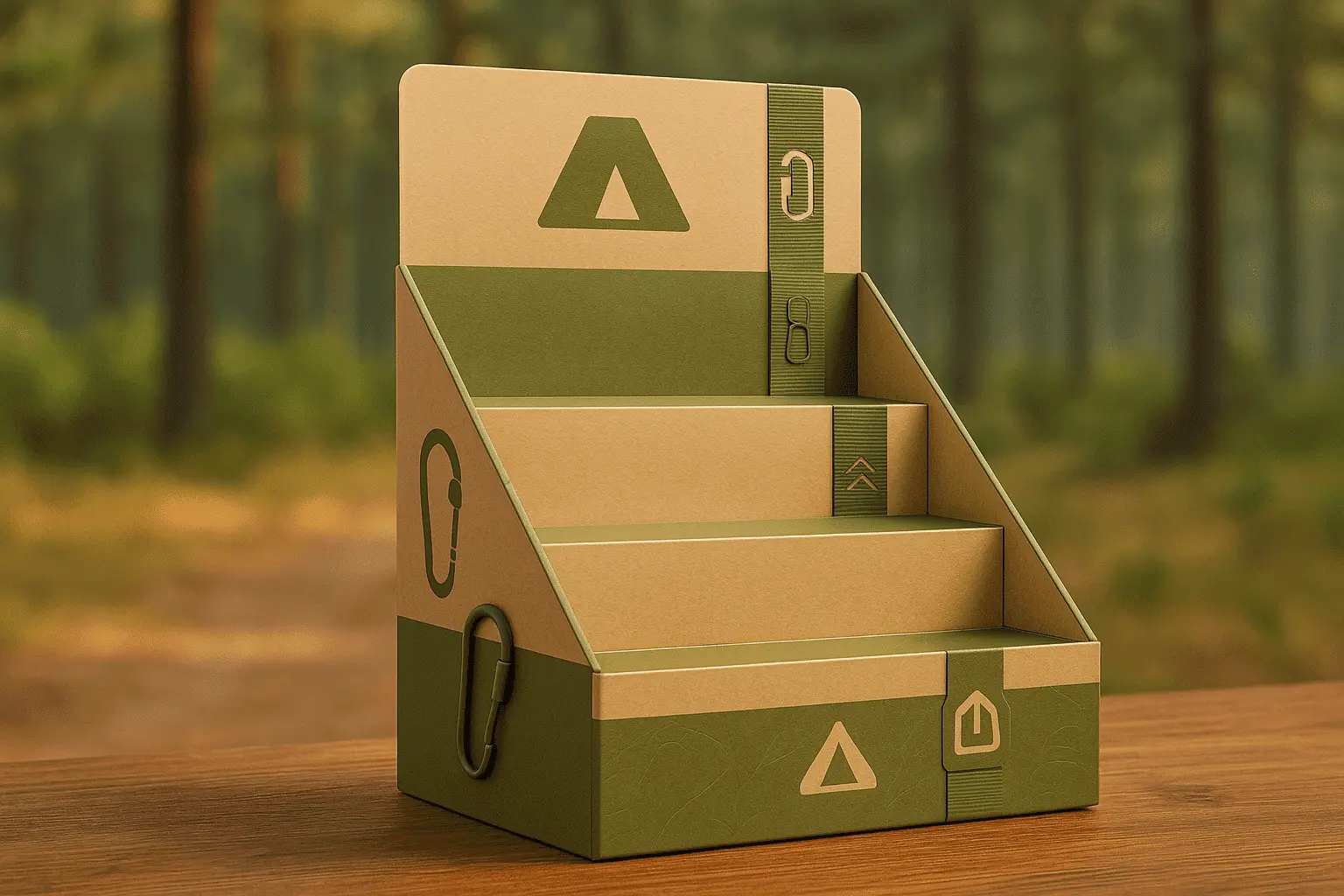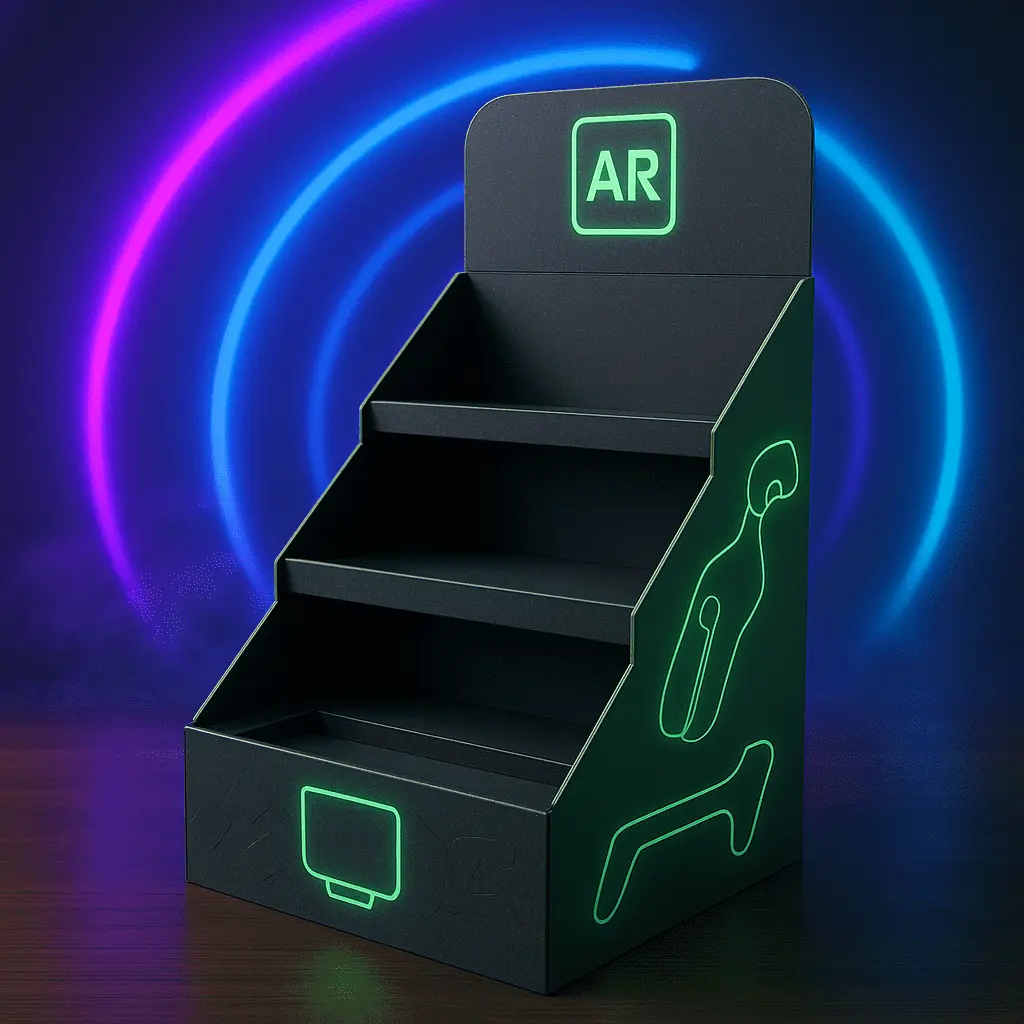3 Cost-Effective PDQ Display Strategies for Buyers
When it comes to maximizing retail impact without breaking the bank, PDQ displays are the unsung heroes of point-of-sale marketing. These versatile and efficient merchandising tools offer buyers a plethora of cost-effective strategies to boost sales and enhance brand visibility. The seven most effective approaches include: optimizing product placement for impulse purchases, leveraging customizable designs to stand out, utilizing eco-friendly materials to appeal to conscious consumers, implementing modular configurations for flexibility, incorporating QR codes for interactive experiences, choosing stackable options to maximize floor space, and opting for reusable displays to reduce long-term costs. By adopting these strategies, buyers can significantly improve their return on investment while creating eye-catching retail presentations that resonate with shoppers and drive sales.

Maximizing Impact: Design and Placement Strategies for PDQ Displays
Crafting Eye-Catching Visuals
The visual appeal of a PDQ display is paramount in capturing customer attention. Savvy buyers recognize the importance of investing in designs that not only showcase products effectively but also align with brand aesthetics. High-quality graphics, vibrant colors, and clear messaging are essential components of a successful PDQ display. By working closely with packaging engineers and designers, buyers can create displays that serve as silent salespeople, communicating product benefits and enticing customers to make purchases.
Strategic Placement for Optimal Visibility
The location of a PDQ display within a retail environment can significantly impact its effectiveness. Buyers should collaborate with retailers to identify high-traffic areas and strategic placement opportunities. End-caps, checkout areas, and cross-merchandising zones are prime locations for PDQ displays. By positioning displays in these key areas, buyers can maximize product exposure and capitalize on impulse buying behavior, ultimately driving sales without the need for additional promotional expenses.
Tailoring Displays to Product Categories
Different product categories require unique display strategies. Astute buyers tailor their PDQ displays to suit specific product types, whether it's food, cosmetics, electronics, or personal care items. For instance, a display for gourmet chocolates might incorporate elegant design elements and premium materials, while a display for tech accessories could feature interactive elements or demonstrative capabilities. By aligning display design with product attributes, buyers can create a cohesive and compelling presentation that resonates with target consumers.
Innovative Materials and Structures: Enhancing PDQ Display Efficiency
Embracing Sustainable Materials
In an era of increasing environmental awareness, the choice of materials for PDQ displays has become a crucial consideration. Forward-thinking buyers are opting for eco-friendly options such as recycled cardboard. These materials not only appeal to environmentally conscious consumers but can also be more cost-effective in the long run. By partnering with manufacturers who prioritize sustainability, buyers can create displays that align with corporate social responsibility goals while potentially reducing material costs.
Modular and Adaptable Structures
Flexibility is key in the ever-changing retail landscape. PDQ displays with modular designs offer buyers the ability to adapt to different product lines, seasonal promotions, or varying store layouts without the need for entirely new displays. This adaptability translates to significant cost savings over time. Buyers can invest in base structures that allow for easy customization through interchangeable graphics, shelving configurations, or product dividers, ensuring that displays remain relevant and effective across multiple campaigns or product launches.
Space-Efficient Solutions
Retail real estate is valuable, and buyers must maximize every square inch. PDQ displays that offer space-efficient solutions, such as vertical stacking capabilities or compact footprints, provide an excellent return on investment. These displays allow for a higher product density without compromising visibility or accessibility. By choosing displays that make efficient use of space, buyers can potentially increase the number of SKUs featured or reduce the overall footprint required, leading to cost savings in terms of retail placement fees or transportation expenses.
Leveraging Technology: Enhancing PDQ Display Performance
Integrating QR Codes and NFC Technology
The integration of digital elements into physical PDQ displays represents a cost-effective way to enhance customer engagement and gather valuable data. By incorporating QR codes or NFC (Near Field Communication) tags, buyers can provide customers with access to additional product information, promotional offers, or interactive content without the need for expensive electronic components within the display itself. This technology bridge not only enriches the customer experience but also offers insights into consumer behavior and preferences, allowing for more targeted and efficient marketing strategies in the future.
Implementing Smart Inventory Management
Advanced PDQ displays can incorporate smart inventory management features, such as RFID tags or weight sensors, to provide real-time stock level information. While the initial investment may be higher, these systems can lead to significant cost savings by optimizing restocking processes, reducing out-of-stock incidents, and minimizing labor costs associated with manual inventory checks. Buyers who leverage these technologies can ensure that their PDQ displays remain fully stocked and effective, maximizing sales opportunities without the need for constant manual oversight.
Utilizing Data Analytics for Display Optimization
The power of data cannot be underestimated in the quest for cost-effective PDQ display strategies. By employing analytics tools to track display performance, buyers can make informed decisions about product placement, design elements, and promotional tactics. This data-driven approach allows for continuous optimization of PDQ displays, ensuring that investment in these marketing tools yields the highest possible return. Buyers can identify which display configurations drive the most sales, understand peak traffic times, and adjust strategies accordingly, all without incurring significant additional costs.
Conclusion
Implementing cost-effective PDQ display strategies is essential for buyers looking to maximize their marketing budget while driving sales. By focusing on strategic design and placement, embracing innovative materials and structures, and leveraging technology, buyers can create impactful displays that resonate with consumers and deliver exceptional ROI. The key lies in understanding the unique needs of your product and target audience, and crafting PDQ displays that not only showcase merchandise effectively but also enhance the overall shopping experience. With these strategies in hand, buyers can confidently invest in PDQ displays that drive sales, increase brand visibility, and contribute to long-term retail success.
Contact Us
Ready to elevate your retail presence with cost-effective PDQ displays? Contact Guangzhou Huadu Fetching Color Printing and Packaging Co., Ltd. at support@fetchingprinting.com to explore customized solutions that align with your brand and budget.
References
1. Smith, J. (2022). "The Impact of Point-of-Purchase Displays on Consumer Behavior." Journal of Retail Marketing, 45(3), 278-295.
2. Johnson, A. & Lee, S. (2023). "Sustainable Materials in Retail Displays: A Cost-Benefit Analysis." International Journal of Sustainable Packaging, 12(2), 156-170.
3. Brown, R. (2021). "Modular Display Systems: Flexibility and Cost-Effectiveness in Retail Environments." Retail Design Quarterly, 33(4), 89-102.
4. Zhang, L. et al. (2023). "Integration of Digital Technologies in Physical Retail Displays." Journal of Interactive Marketing, 56, 45-62.
5. Patel, K. (2022). "Smart Inventory Management Systems in Retail: ROI Analysis." Supply Chain Management Review, 18(3), 201-215.
6. Davis, M. & Wilson, T. (2023). "Data-Driven Optimization of Point-of-Sale Displays." Harvard Business Review, 101(4), 112-124.




